A collaborative programme of Aichi Triennale 2022
Switzerland and Japan explore the future of architecture at Aichi Triennale 2022! Kizuki-au 築き合う— Collaborative Constructions consists of two installations by Gramazio Kohler Research from ETH Zurich and T_ADS Obuchi Lab from the University of Tokyo. The project sheds light on digital processes in architecture, human-robot interactions and cross-pollination between technology and culture.
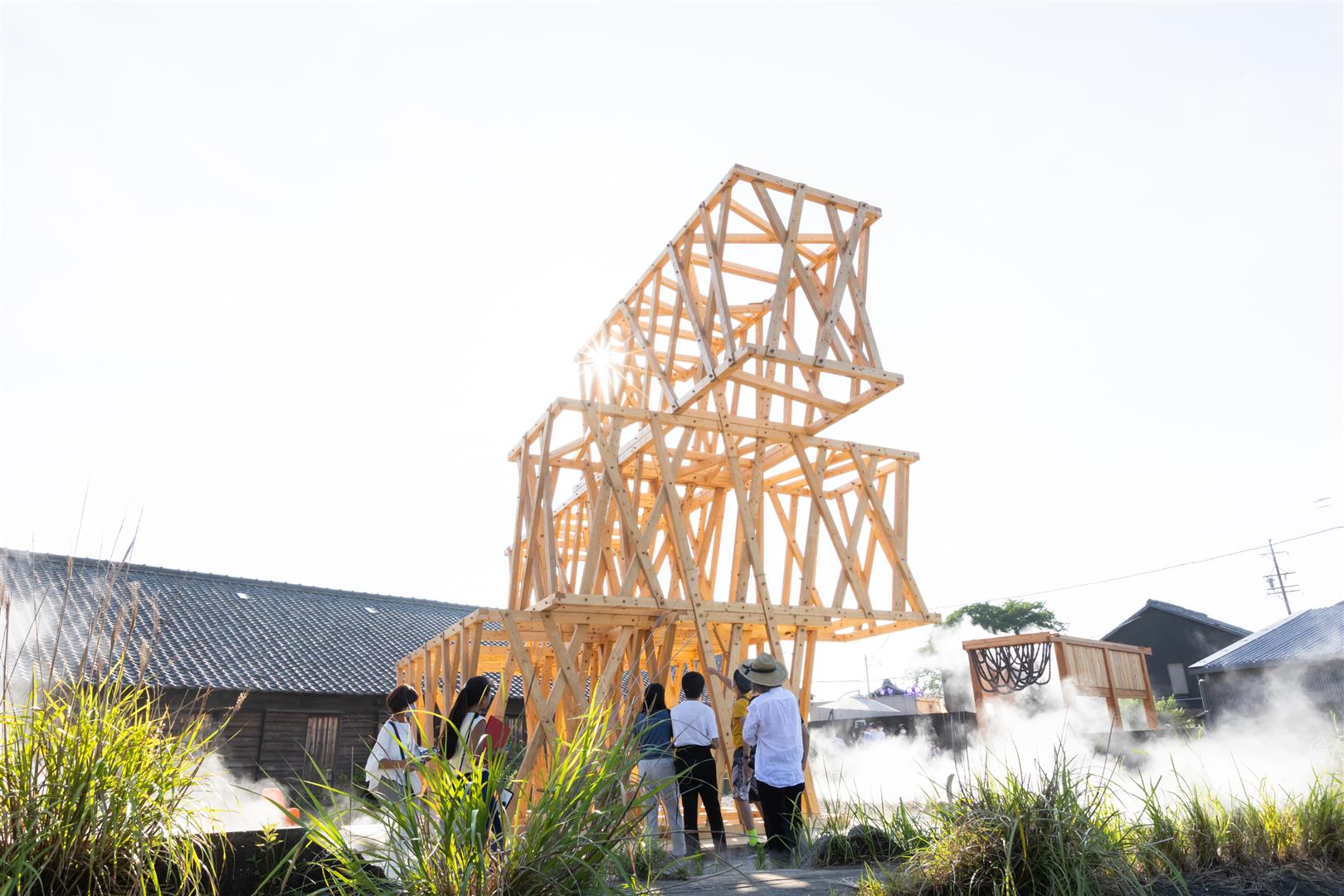


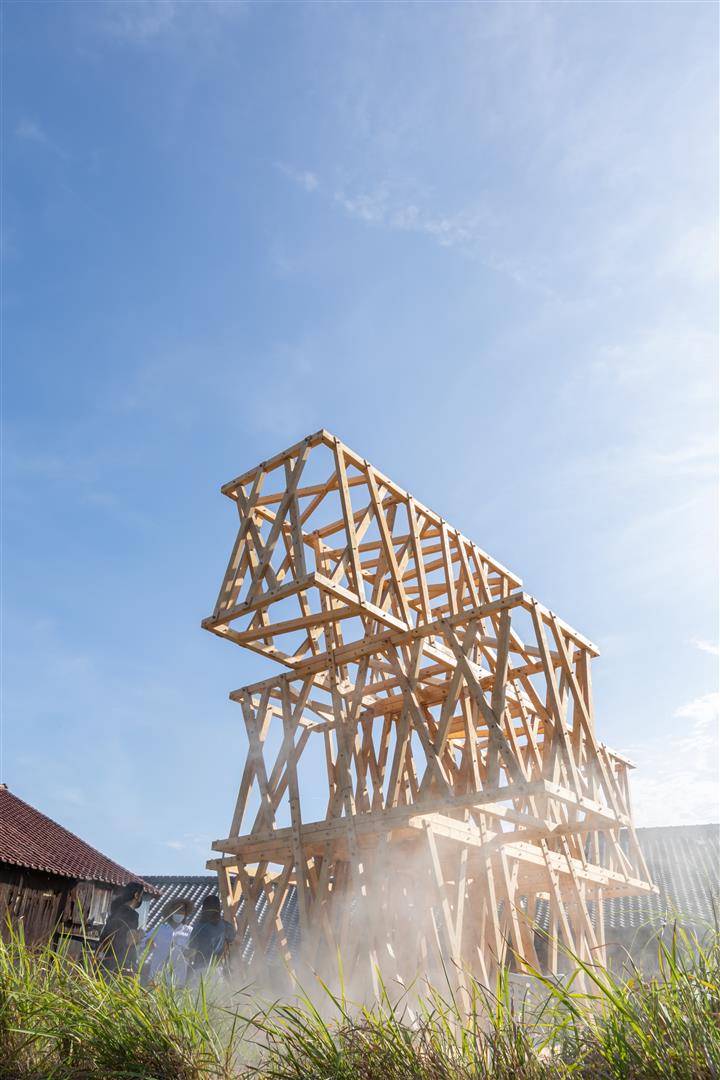


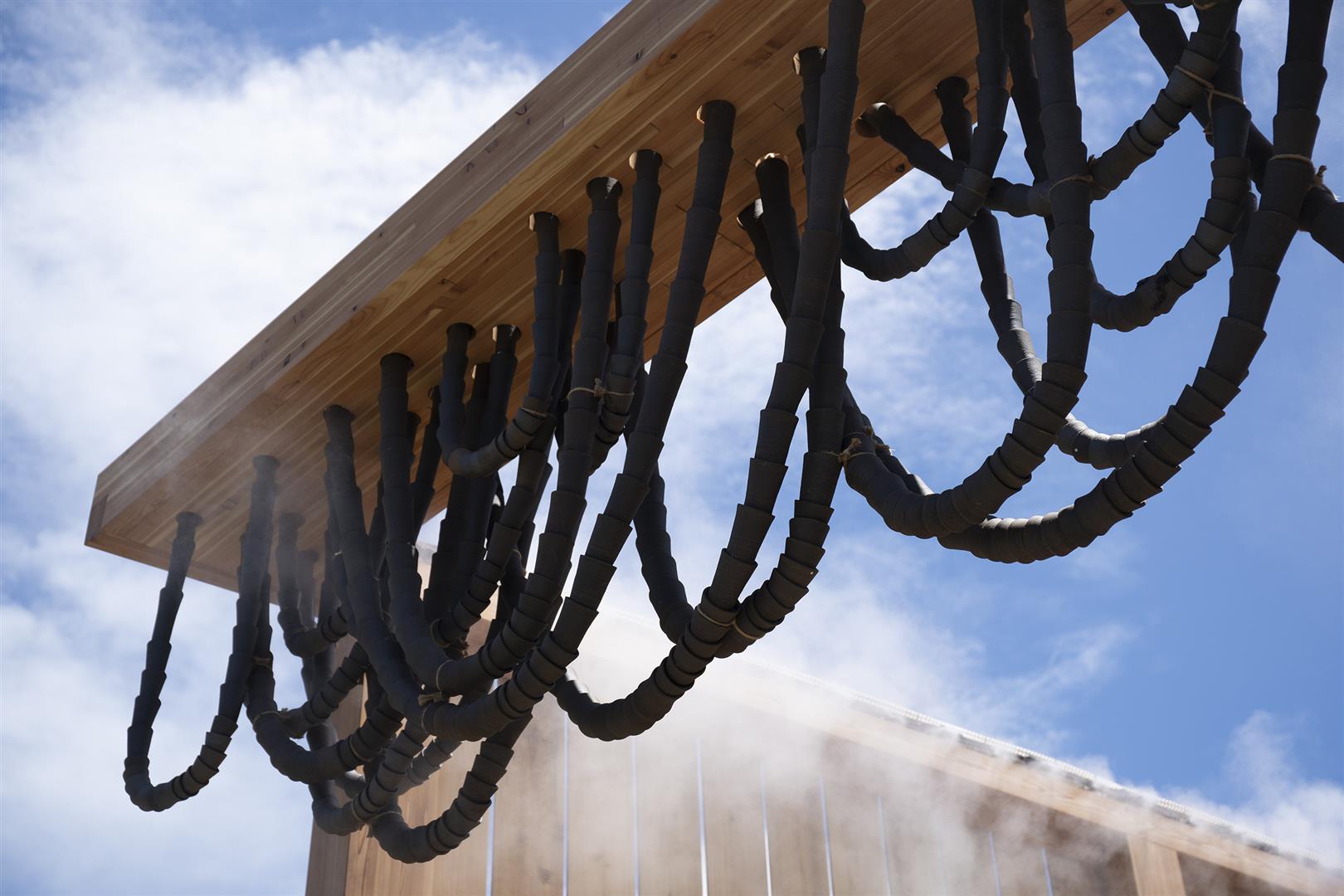

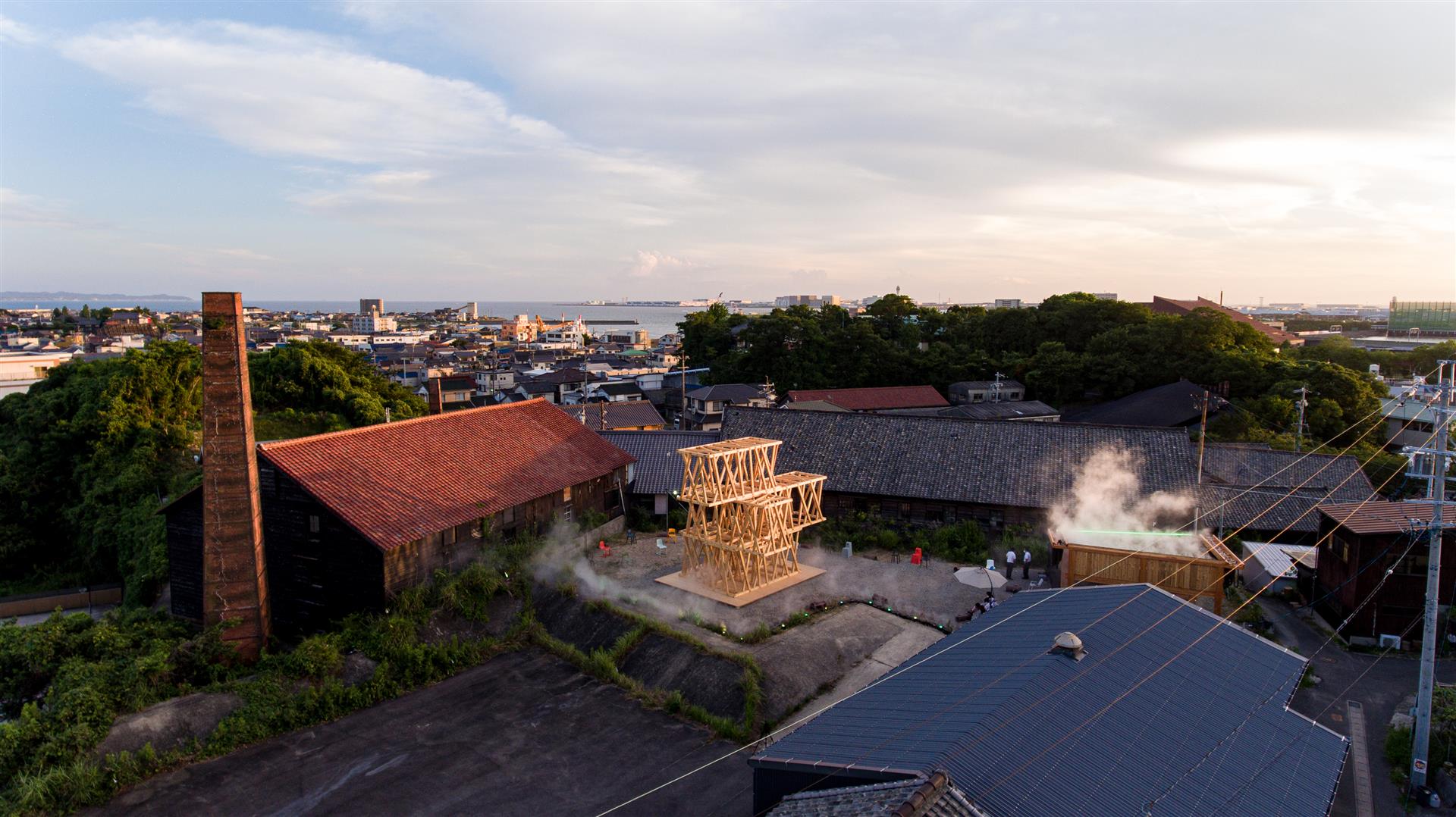
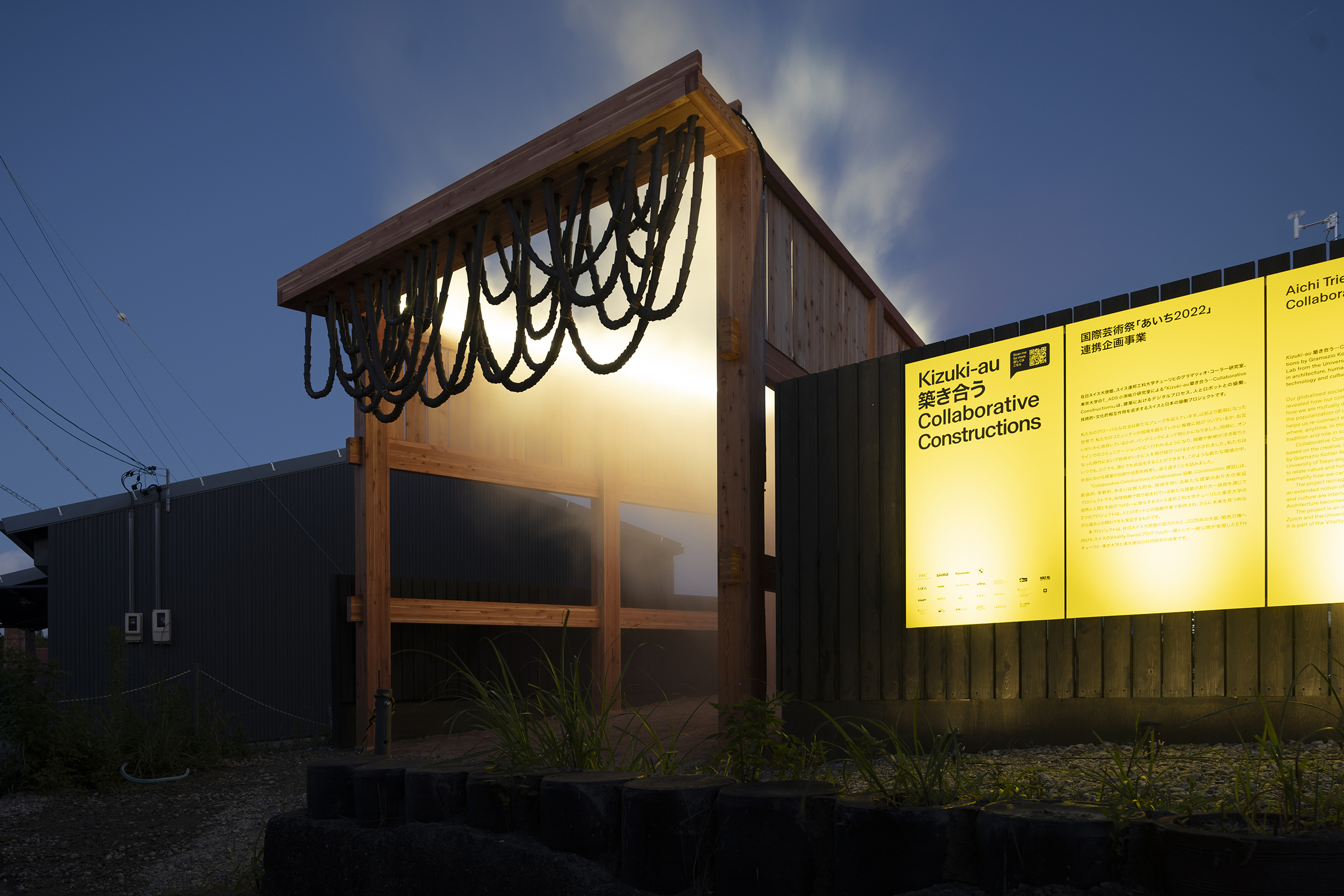



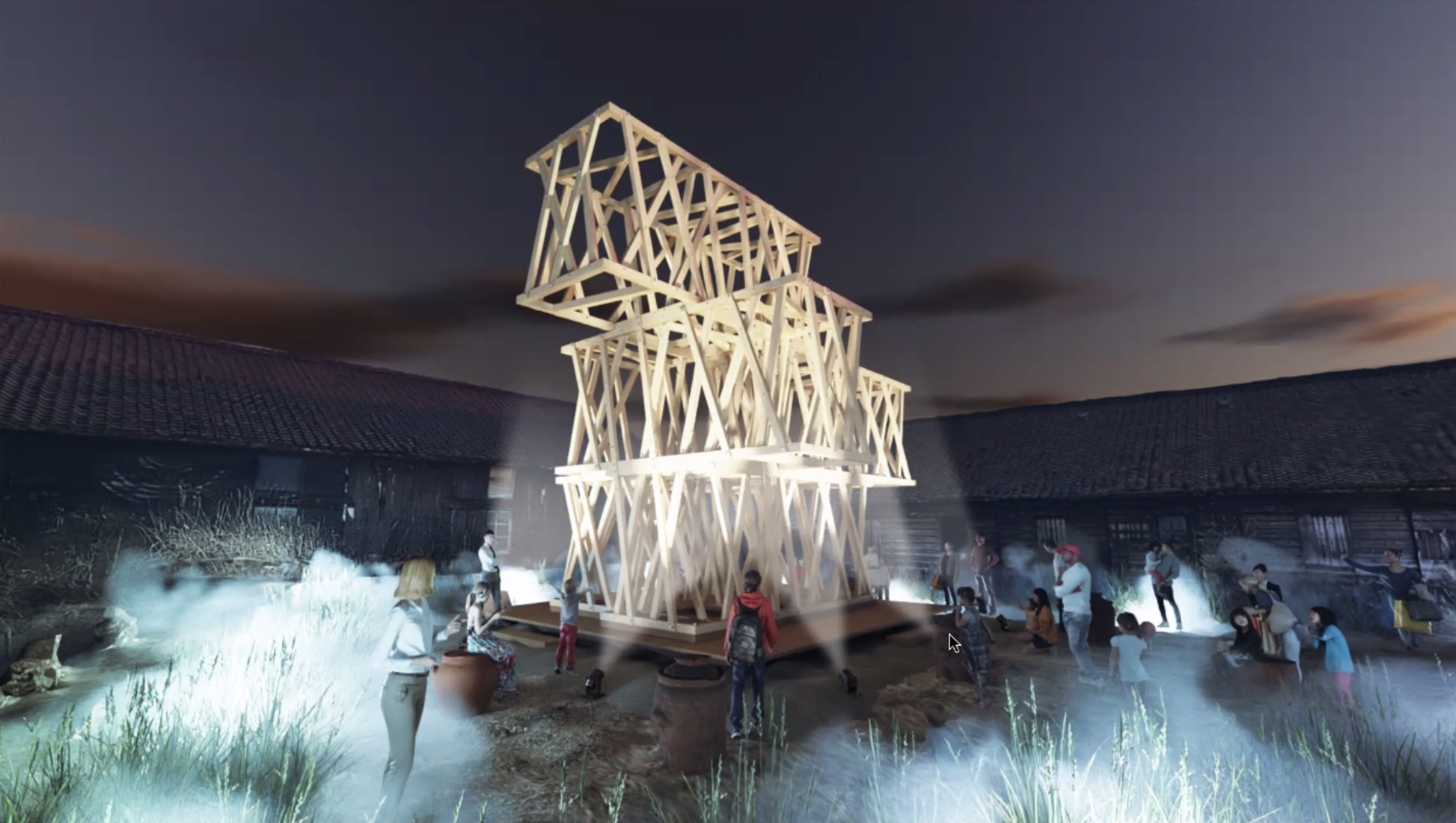
Follow us